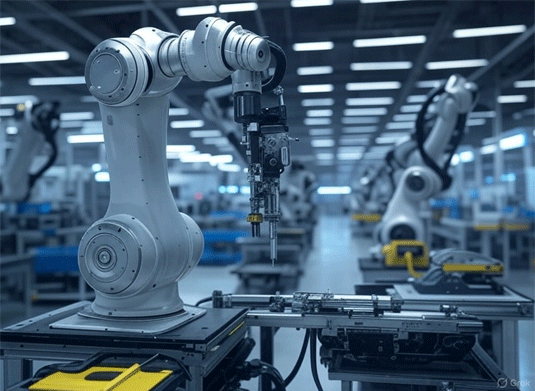
Today’s dynamic tariff landscape is introducing new challenges in manufacturing supply chains. When tariffs are imposed they don’t just impose pricing adjustments once. Further cost and pricing impacts come when the initially tariff ‘cost’ is passed down to manufacturers who then pass this cost on to consumers.
Take aluminum tariffs, for example. When tariffs are imposed on aluminum, domestic manufacturers don’t just absorb the cost they pass it on to maintain their profit margins. This means everything that uses aluminum, from industrial robotics and car parts to hardware and equipment, and household appliances… becomes more expensive.
Price increases don’t just stop at the initial tariff application. They build into a symphony crescendo as higher input costs influence further adjustments throughout the manufacturer’s supply chain.
Higher prices influence the labor workforce to ask for higher wages so they can then keep up with the rising cost of living. This can push costs up even higher, which, in turn, forces businesses to raise prices again. Stagnation or deflation can be the result as demand plummets.
Manufacturing cost of goods sold (MCOGs) is about 75% of product cost. Mantras for better materials management and kanbans have been shouted from factory rooftops for decades with some success.
But materials management can only be taken so far with human activity.
BAAN vs inventory accuracy
I’ve lived through decades of manufacturers, vendors and suppliers trying to reduce costs by placing a fence around ERP and automating contract manufacturing environments with MES systems. In the mid 90s I worked in operations at Flex (Flextronics) and was part of the BAAN implementation team. The promise of ERP continuity was the early seed to Industry 4.0. At the time I thought we were leading innovation in manufacturing supply chains.
Regardless, post implementation third-party systems have compatibility issues and although they may accomplish some tasks they also have to be maintained. This opens the door for a third or even a fourth software vendor and often users still cannot update data or linkages. When this happens a manual work around with manual review processes are then employed as a manual update to the ERP system.








